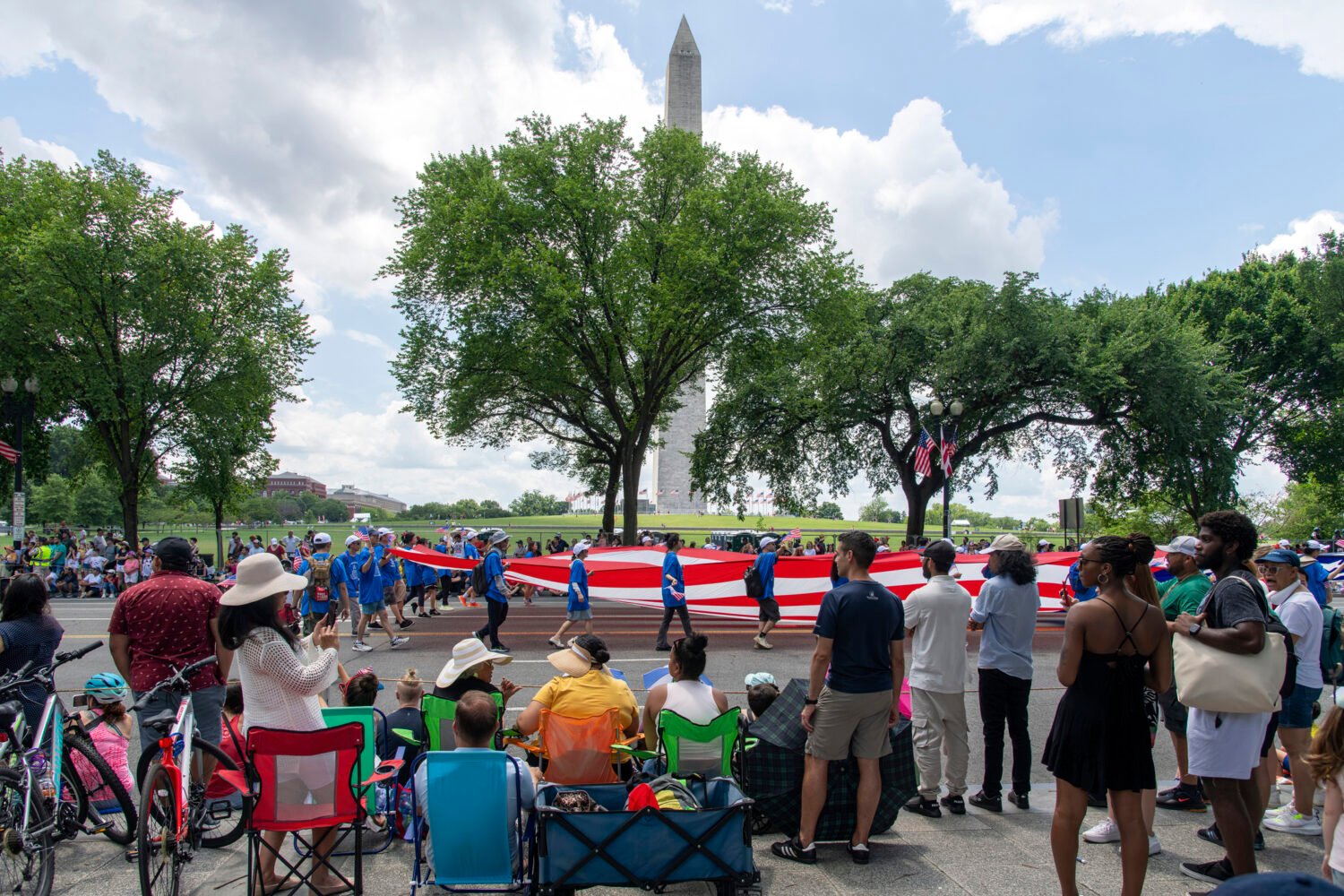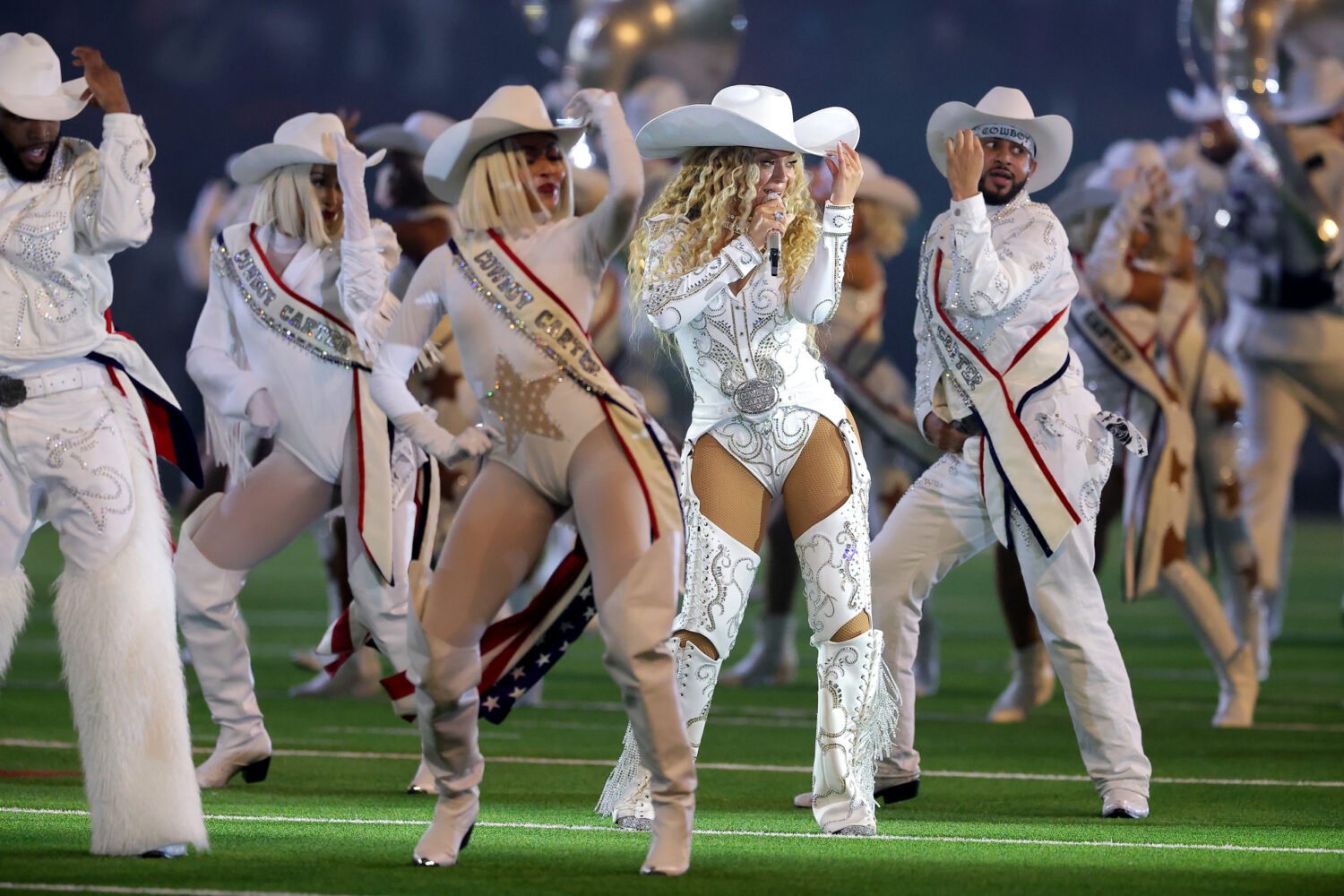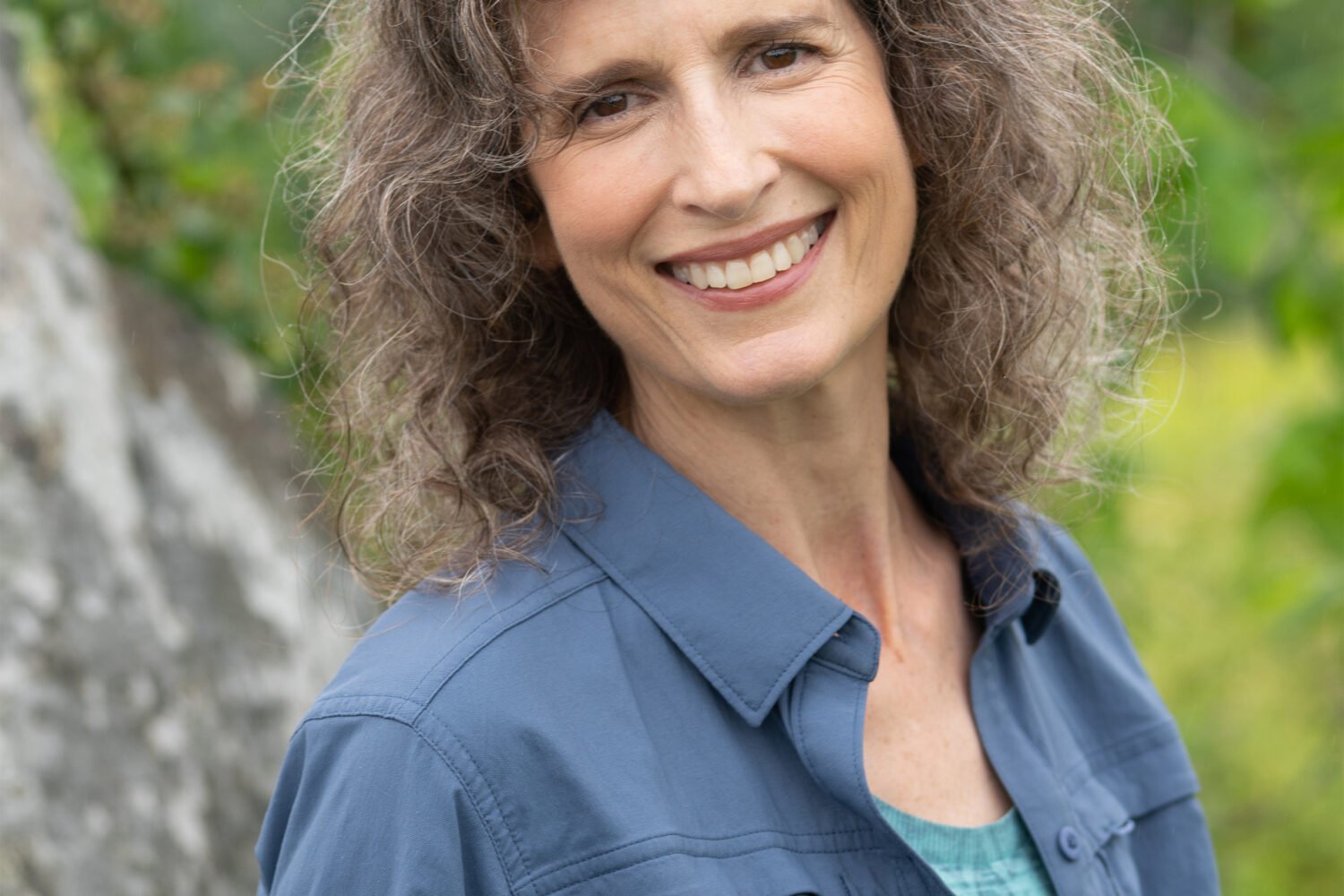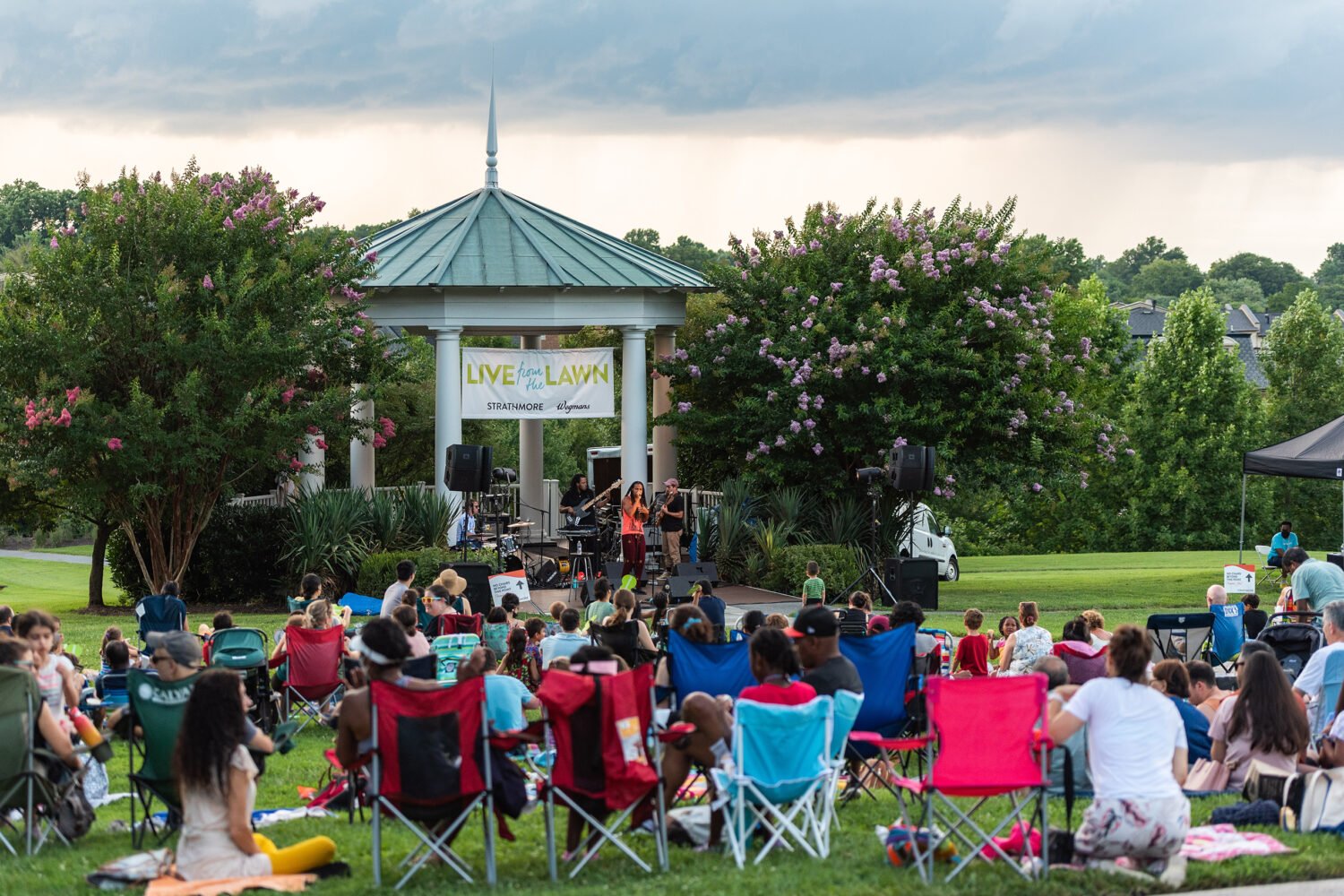If you have the autumnal habit of admiring neat-looking acorns while out on walks this time of year, this volunteer opportunity may be for you: a Potomac Conservancy program is rallying people to collect acorns and nuts, so they can be donated to state nurseries to aid in reforestation efforts around the area.
The program, formerly called Growing Native, has been around since 2001. However, after years of fizzled funding, the Potomac Conservancy has been working to revitalize it—rebranding it as Tomorrow’s Trees—and grow it into a regional endeavor, especially given Virginia and Maryland’s ambitious reforestation goals. Last year, Maryland set forth a plan to plant five million native trees on public and private land by 2031, and Virginia had previously set a goal to plant nine million trees by 2025.
While such ambitions are essential to building climate resilience, they can also put a strain on state-run nurseries to produce more seedlings, which can be difficult given the price of seed and the reality that not all planted seeds result in trees, says Alexis Dickerson, the Potomac Conservancy’s senior director of community conservation.
That’s where the acorns—which could grow into oak trees—come in. “Every seed that’s donated by somebody in the community is a huge cost savings to our foresters,” says Dickerson. “It’s really a very solvable problem if we can get enough people picking up smaller quantities of seeds.”
The collection process is pretty simple. You don’t need to formally register as a volunteer anywhere, but there are some guidelines. Use a collection bag made of breathable material, such as burlap or paper, to inhibit mold growth, and collect seeds of the same species.
View this post on Instagram
“When we give a bag of seeds to the forester, we want it to be like what you’d get when buying a packet at a plant nursery, so we want it to be all of the same seed,” says Dickerson. She recommends finding a single healthy tree, such as a street or backyard tree, rather than going into the woods. “Urban trees are ideal because they tend to be more isolated, so you know that you’re getting just one type of seed.”
When collecting, she adds that it’s also important to not take all of what you see—leave some for the critters who rely on them—and to do a quick check of the acorns you’re collecting. Acorns without caps are fine to use, but you’ll want to avoid those with holes or cracks in them as well as ones that feel unusually lighter than others.
Then, label your bag by the species of nut, the date you collected, and your source location. If you need help identifying what type of tree it is you’re collecting from, you can use their guide. (The state is particularly in need of acorns and nuts from black oak, chestnut oak, and white oak trees this year.)
Bring them to a Potomac Conservancy drop-off site (search for one here) or to a Department of Forestry office (which you can search for here). Or, email trees@potomac.org and “we’ll try to figure out how we can rescue those seeds,” says Dickerson.
Last year, the Potomac Conservancy collected 650 pounds of acorns from volunteers, and altogether, the Virginia DOF says it collected a record-setting eight tons, or enough to potentially produce 1.5 million seedlings.
Looking for some inspiration before you go out collecting? Check out this ambitious Virginia man, who gathered 8,000 pounds of acorns from his Arlington neighborhood alone last year.
















